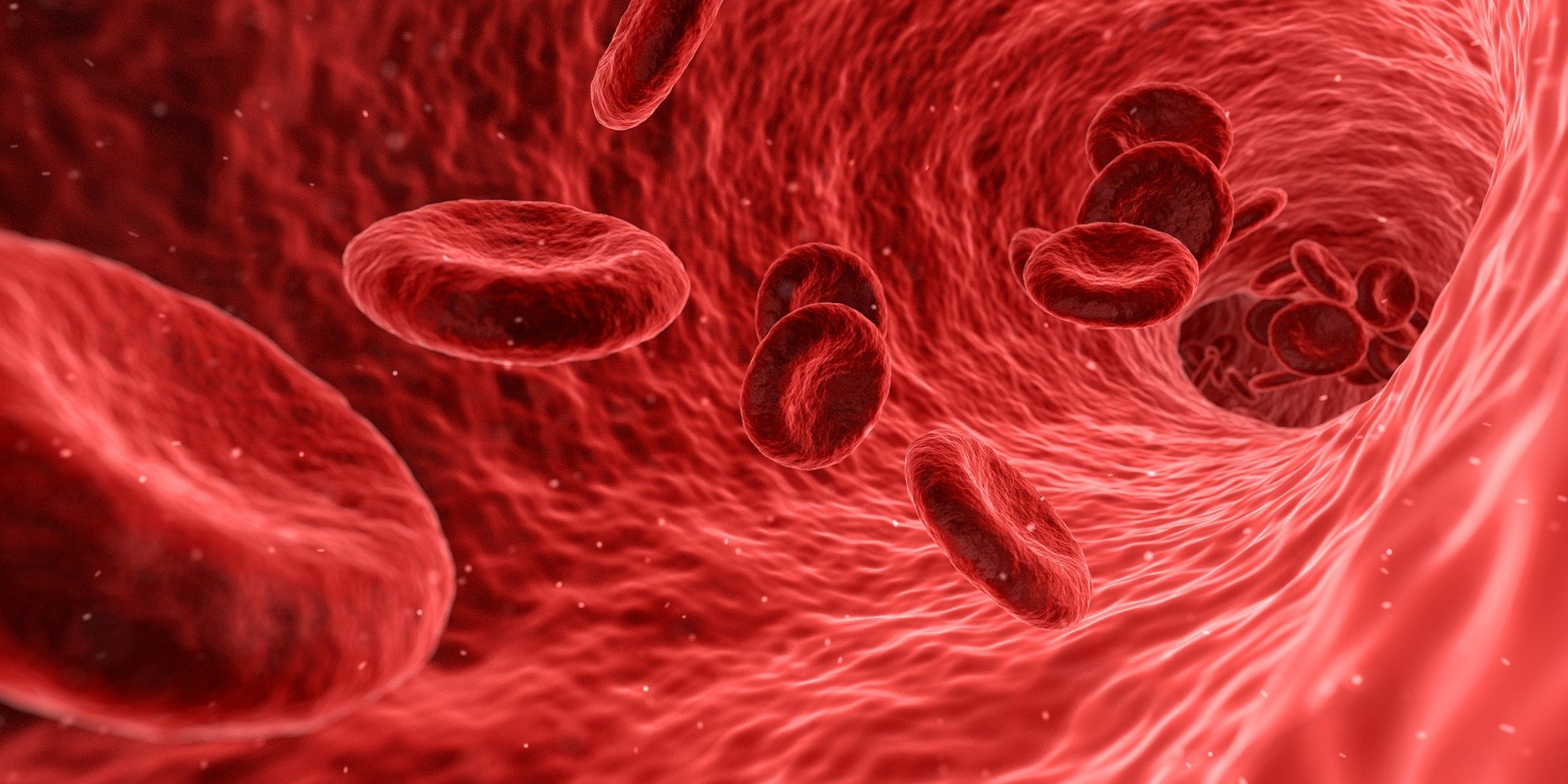Início A importância das políticas públicas para o tratamento da hemoglobinúria paroxística noturna
doença rara

A importância das políticas públicas para o tratamento da hemoglobinúria paroxística noturna
Resumo:
Introduction: Rare disease is classified as one that affects up to 65 people per 100,000 individuals. They are usually chronic and degenerative conditions, many of them without a cure or effective and accessible treatment, which cause a high degree of morbidity and mortality, in addition to facing a great challenge, because due to their low incidence, health professionals do not have the knowledge about their existence, which reflects in a late diagnosis and lack of public health preparation. Review: This article focuses on the rare disease called Paroxysmal Nocturnal Hemoglobinuria (PNH) and its scenario in public health. Discussion: The PNH is characterized as a rare acquired chronic hemolytic anemia, caused by the non-malignant clonal expansion of one or several hematopoietic stem cells, developing various symptoms in their carriers. Its estimated annual incidence is 1.3 new cases per one million individuals, but as it is a difficult disease to diagnose, the number may be underestimated and does not reflect reality. Final considerations: PNH patients face a long and difficult trajectory, from diagnosis to effective treatment. Even with established guidelines, many patients with rare diseases and their respective families receive unequal treatment in the health service. Public policies are necessary and need to be effective to improve access to information and treatment, provide the necessary structure and follow-up, to reduce the impact caused by these diseases and contribute to improving the quality of life of patients.
Keywords: rare disease, paroxysmal nocturnal hemoglobinuria, PNH, public health, unified health system, SUS.
Expandir Resumo
Acessar Texto Completo

